Hibiscus ‘Helene’ Rose of Sharon
$19.00
Genus:Hibiscus
Species:syriacus
Variety:’Helene’
Item Form:1-Quart
Zone:5 – 9
Bloom Start to End:Early Summer – Late Summer
Habit:Upright
Height:10 ft
Width:8 ft
Additional Characteristics:Double Blooms,Easy Care Plants,Flower
Bloom Color:Red,Variegated,White
Foliage Color:Medium Green
Light Requirements:Full Sun,Part Shade
Moisture Requirements:Dry,Moist, well-drained
Resistance:Drought Tolerant,Heat Tolerant
Soil Tolerance:Normal, loamy,Poor
Uses:Beds,Border,Specimen;Restrictions: *Due to state restrictions we cannot ship to the following:Idaho,Canada,Guam,Hawaii,Puerto Rico,Virgin Islands,Arizona
Hibiscus ‘Helene’ is a showy, deciduous, flowering shrub offering summer interest. Blooming abundantly and continuously through summer and into fall, the plant sets large, 5-petaled, pure white single flowers that have a dark red to purple eye. Borne on slender branches, the tropical-looking flowers attract butterflies and hummingbirds.
A Hibiscus syriacus, commonly called rose of Sharon, Hibiscus ‘Helene’ is multistemmed shrub with a moderate growth rate of 1 to 2 feet a year and an upright, bushy, columnar habit of attractive 3-lobed, coarsely toothed foliage. Leaves are palmately veined, a unique trait, and emerge pale yellow-green and turn medium green in season but exhibit no real fall color. The plant can be trained as a small tree or espalier. It is an excellent specimen or foundation plant but also works well massed or grouped as a hedge, screen, or a back of the bed or border plant.
Remarkably easy to grow, rose of Sharon prefers full sun to part shade and fertile, organically rich, moderately moist, well-drained soil with a slightly acidic to neutral pH, but it tolerates poor soils and some drought and is pH adaptable. It loves hot summers and blooms best in 6 to 8 hours of full sun. Good air circulation is important for disease prevention and for best overall performance. It is fairly pest and disease free; deer resistant; and heat, humidity (with good air circulation), air pollution, and mildly salt tolerant. Cold hardy for hibiscus, it can over winter in temperatures as cold as 20 degrees below zero with a heavy mulch covering the root ball to insulate it.
Hibiscus ‘Helene’ has a naturally attractive form and only needs pruning to tidy up its shape and/or to maintain a desired size. Pruning back stems also encourages more blooms and can increase air circulation within the plant to help prevent disease, but pruning should be done sparingly, after flowering has finished. Removing up to ⅓ of the overall shrub creates a fuller bush with larger blooms. Keep in mind that these shrubs bloom directly on older wood or on shoots that come off old wood.
| Weight | 1 kg |
|---|---|
| Dimensions | 1 × 1 × 1 cm |
Shipping Time
Shipping is an additional 15-35 business days depending on location. Shipping time will be provided at checkout.
Returns
If seeds fail to leave China, we will refund your payment 100%. But if seeds fail to reach you due to customs problem on your side which we were not informed in advance, we will not be able to bear any loss, and no refund will be made.
We sell only viable plants seeds online, and test germination of our seeds from time to time. So we will not be able to refund for seeds that clients fail to germinate, unless we are convinced that it's truly problem of our seeds.
———
Please send us an email: [email protected] and be as detailed as possible while filling in the information.
After submission, We will reply to you within 24 hours. Please be patient.
———
CHARGEBACKS & DISPUTES
Please contact us by email before opening a merchant chargeback or payment dispute, as we can generally resolve the issue before that takes place. Any chargebacks and disputes disable our ability to issue refunds or credits due to funds being frozen.
———
REFUND, EXCHANGE AND RETURN
Customers have the right to request a refund/ return/ exchange within 14 days from the delivery date. Our Customer Service team will offer the best solutions for specific situations.

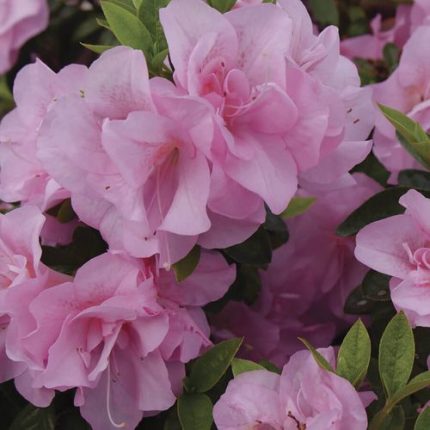
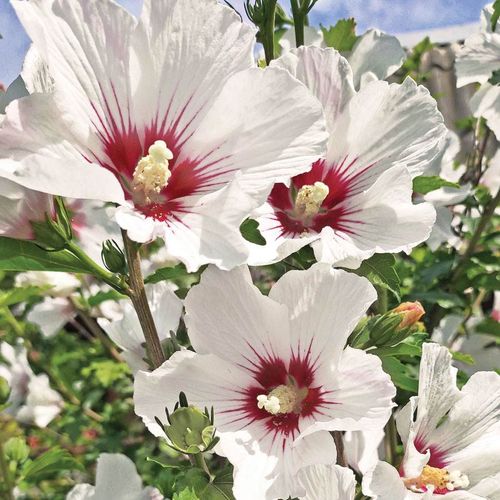
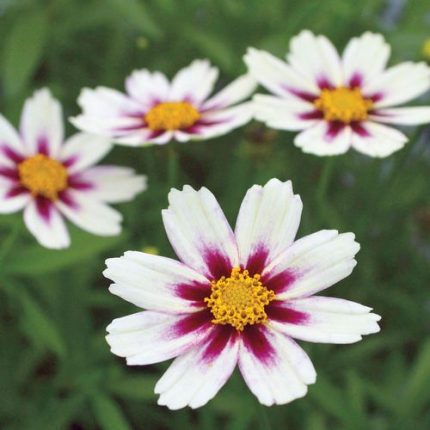
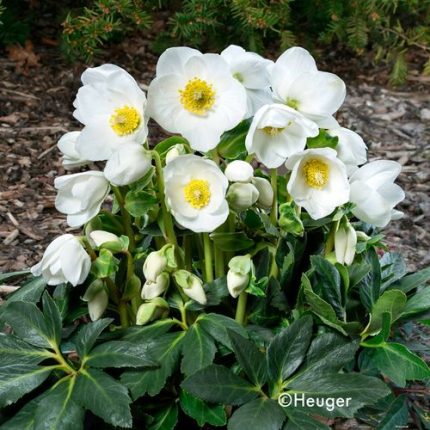
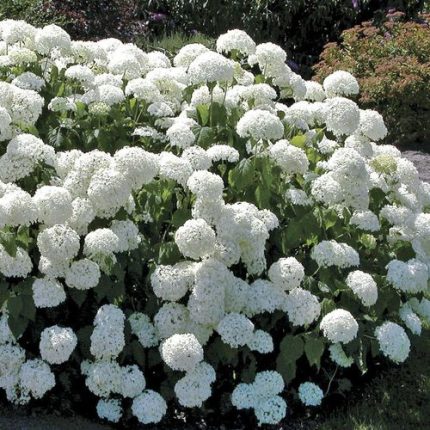
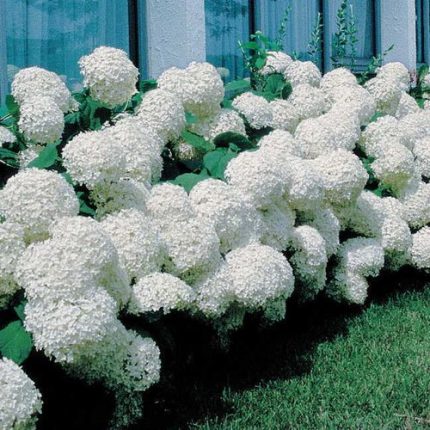
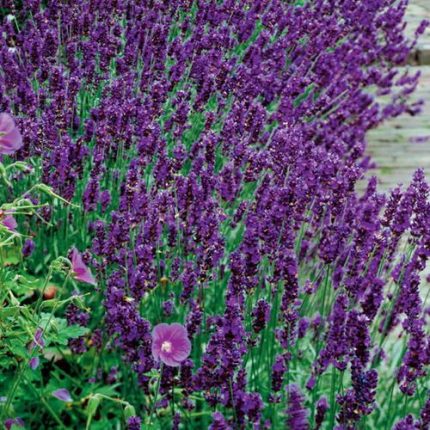
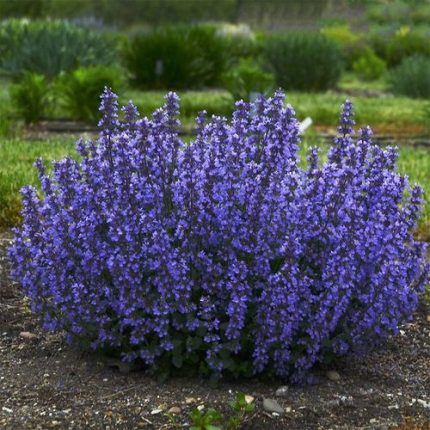
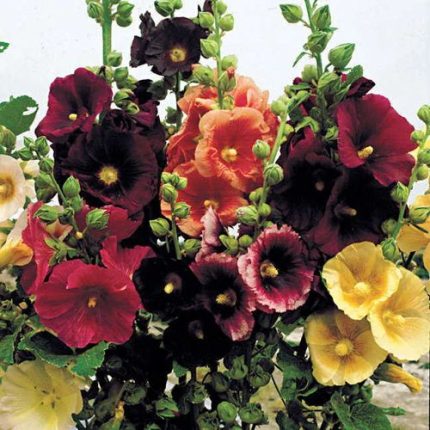
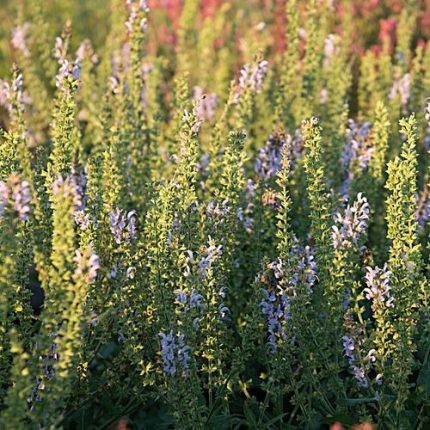
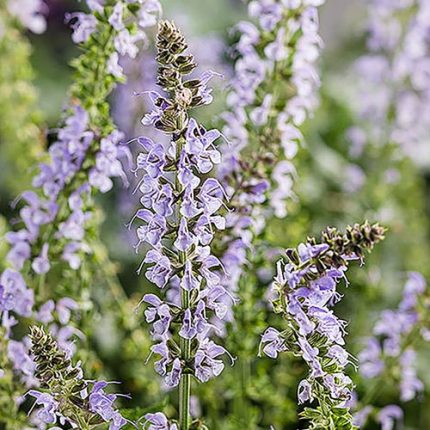
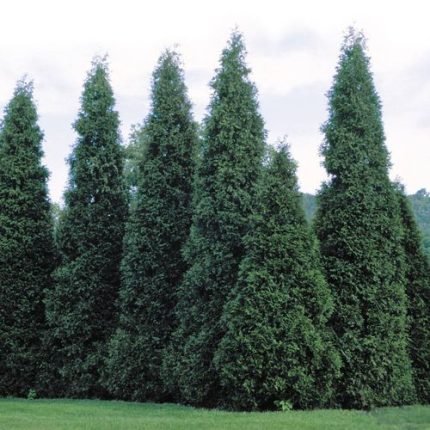

Reviews
There are no reviews yet.